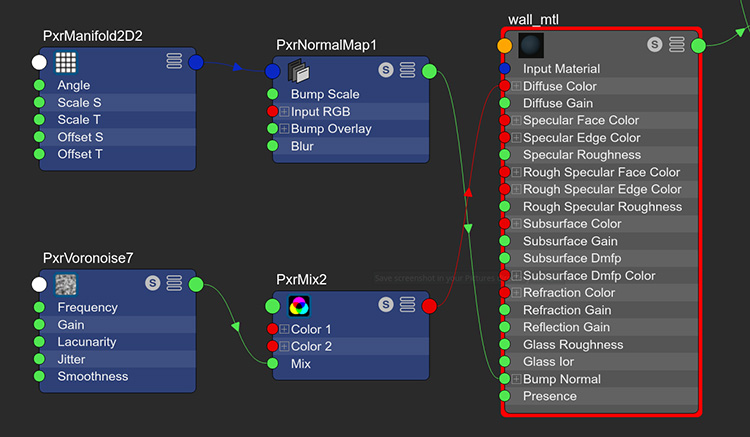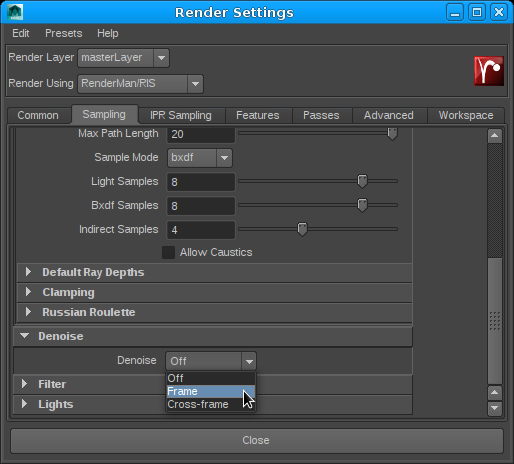

* to find the Windows Send to folder quickly open the Windows ‘run’ utility and type: shell:sendto.

Save the file named ‘Denoise Sequence.bat’ in the Windows Send to folder. "C:\Program Files\Chaos Group\V-Ray\Maya 2018 for 圆4\bin\vdenoise.exe" -inputFile="%denoiser_input%" -useGPU=2 -display=0

* this script is from an article by Tomasz Wyszołmirski – Dabarti Studio. Write the following script to a new text file. General sequence denoising setup that has to be done just once:ġ) Create a command line denoising script batch file, and store it in the Windows ‘Send to’ folder: This is a very useful article on the subject from Dabarti studio: In versions of V-Ray prior to V-Ray Next the vdenoise tool has to be operated through command line with the following easy steps: In V-Ray Next the vdenoise.exe tool has a GUI that allows loading sequences easily. ‘Temporal Denoising’ means that in addition to taking into account neighboring pixel data, the denoising process also takes into account pixel data from adjacent frames in the animation.įor that reason, the V-Ray Denoiser render Element can’t simply be used during the render process like we can use it when rendering still images,Īnd the animation sequence is denoised after it has been rendered, and stored with extra data needed for the V-Ray Denoiser to work. Animated sequences require ‘Temporal Denoising’ in order to achieve a flicker-less result.


 0 kommentar(er)
0 kommentar(er)
